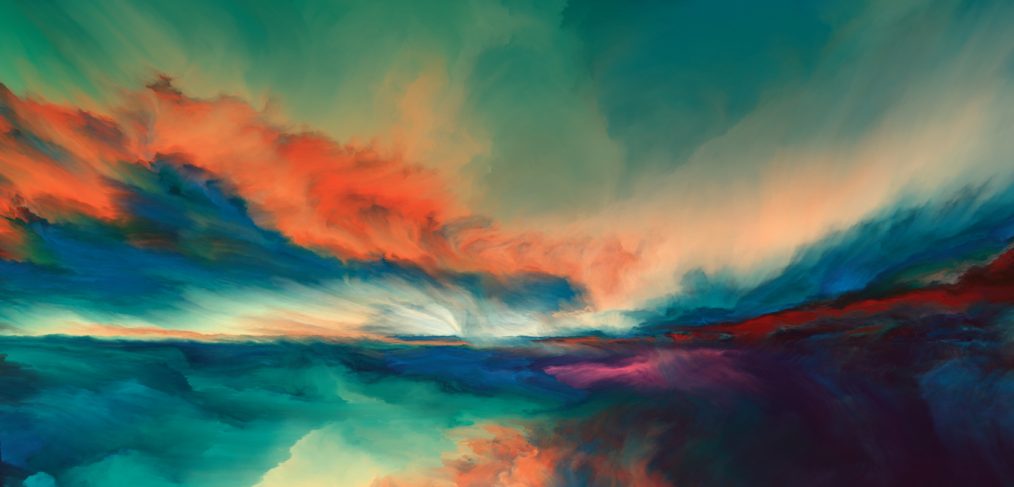
Your Life Is Yours—Creating Your Own Reality
Reality is a squishy thing.
Our perception and interpretation of the conditions and events in our lives are what drive our reality—even more so than the conditions and the events themselves. That’s why certain people living in what most would call trying conditions appear to thrive, while others who “have everything” are depressed and anxious. There are also people that will fight reality every step of the way. They can’t accept certain events or conditions, so they don’t. Most people live on the very surface of reality, while others are able to delve into their reality and truly understand their place in the universe. If you can do this, you can start to influence and even create your own reality based on your life force and your influence.
What is reality?
So, what do we mean when we say “reality?” In this context, reality is the interpretation of your environment. At the most basic level, reality is what your senses are telling you. I’m hot. It’s loud. This chair is uncomfortable, etc. At a slightly deeper level, you experience the basic emotional context and are more significantly aware of your surroundings. We sense stress or anxiety in people. We notice beautiful things. As you go deeper and deeper into your reality, your senses as well as your psyche interpret information, feelings, and conditions in a more sophisticated way. You make connections. You understand your own life force and how it manifests. You become aware of others’ life forces and the dynamics among them (and between theirs and yours). With an awareness of this level of reality comes an acceptance of what is and an understanding of how it can affect you—serenity in a deeper plane of existence.
There is evidence that our reality is partially created in our brain—that the amount of sensory data required to continuously render reality in our minds is so great that we are constantly creating a reality partly based on our senses and partly based on memory. In this article in Scientific American, Anil Seth suggests that our reality comes just as much from inside ourselves as from outside.
“The conversation between senses and memory produces what he calls a “controlled hallucination,” which is the closest we can get to registering reality.”
Given that we are in control of the inward side of this version of reality, it makes sense that some people regularly interpret their lives negatively and some positively. We can choose to see the “bright side” of reality in the same way that we can choose happiness.
There is also a theory that reality doesn’t even exist except in the context of the one who observes it, and that it is different for different people. This idea, captured in a collection of views called the Copenhagen Interpretation, can be viewed from the perspective of physics and philosophy. Put simplistically, reality does not exist without an observer to interpret (measure) it. And the way you choose to observe it is, to a large extent, up to you.
Accepting what is
A big part of delving deeper into reality is accepting the outward portion of it—accepting conditions and events. You can create your own reality through your life force and your influence, and you can influence your perception and memory, but the starting point is always the present and everything it contains. If we work against reality by not accepting certain conditions, we expend a lot of energy but don’t get anywhere. This energy may take the form of denial (This can’t be true!), regret (I shouldn’t have done that), guilt (I can’t believe I did that), or any other feeling that involves a desire for a different past or present. This doesn’t mean we shouldn’t learn from the past to try to change our reality moving into the future, but this energy is different because it’s based on an acceptance of the current state of reality and a desire to improve it. The starting point to making positive change is a full awareness of the starting point—of the present moment. This is the difference between rebelling against current reality and creating your own reality through your life force and your influence.
Creating your own reality
So, what does all this mean from a practical perspective? For me, it means that I shouldn’t get too caught up in the headaches and dramas of life because, for the most part, they only exist as part of a reality that I create. For the most part, I can interpret anything I’m experiencing to be, within certain parameters, a reality that I prefer. I can ignore certain elements of my life to a point where they literally don’t exist in my reality.
This doesn’t mean I should put my head in the sand, ignore my problems and the problems of the world, and only focus on what gives me pleasure. It means I can only allow those conditions and events that are meaningful to me into my reality. I can and should allow conditions I want to change into my reality and make the world a better place. But I’m only allowing those conditions and events that I care about to have a starring role in my reality. There will always be bit players and side stories, but I don’t allow them into the inner circle of my reality.
Your reality—your life—is yours to create and to craft and mold into the life you want.




First time ive read you. Good stuff!!